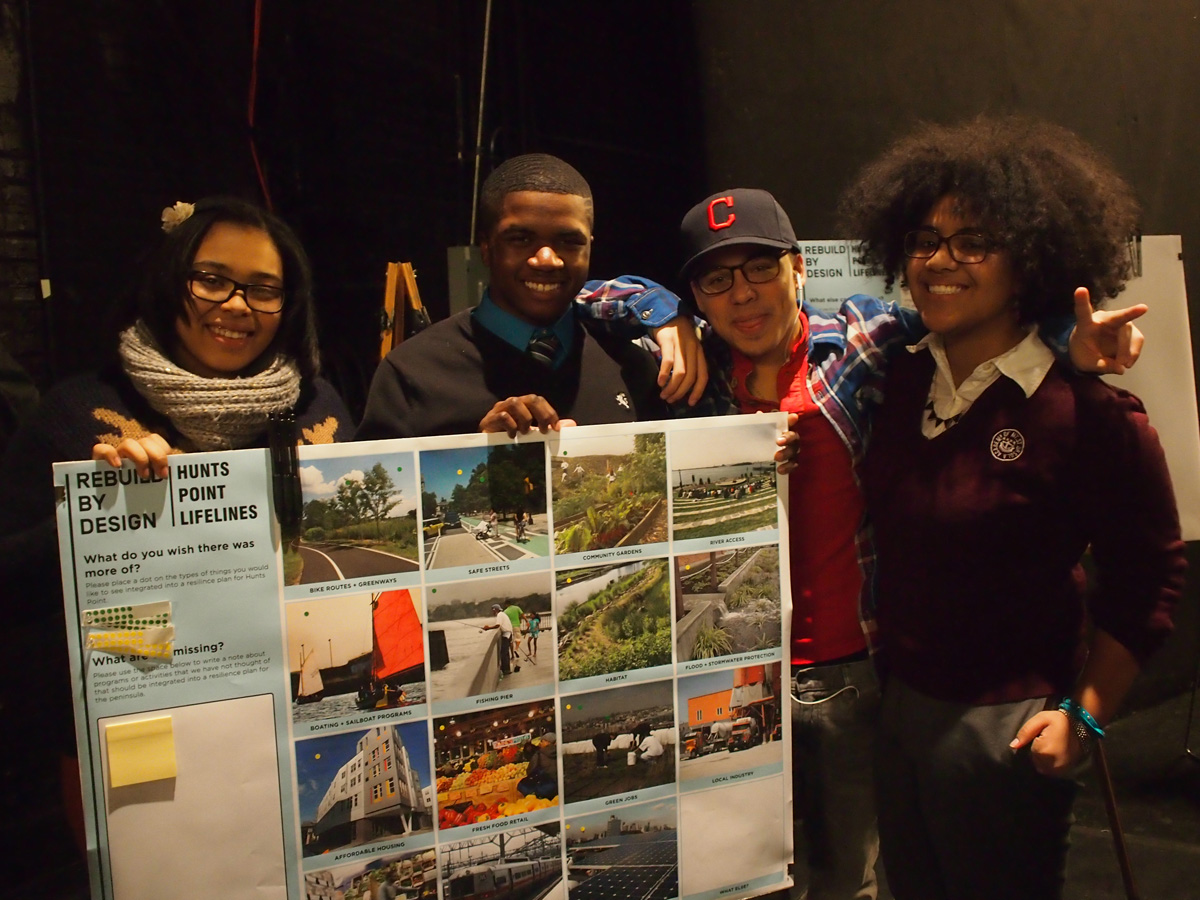Building local institutional capacities for urban flood adaptation: Lessons from the Water as Leverage program in Semarang, Indonesia
Sustainability: Presents an analytical framework to study institutional capacity building by international resilience programs, focusing on intellectual, social and political capital. The central case is the development and implementation of

